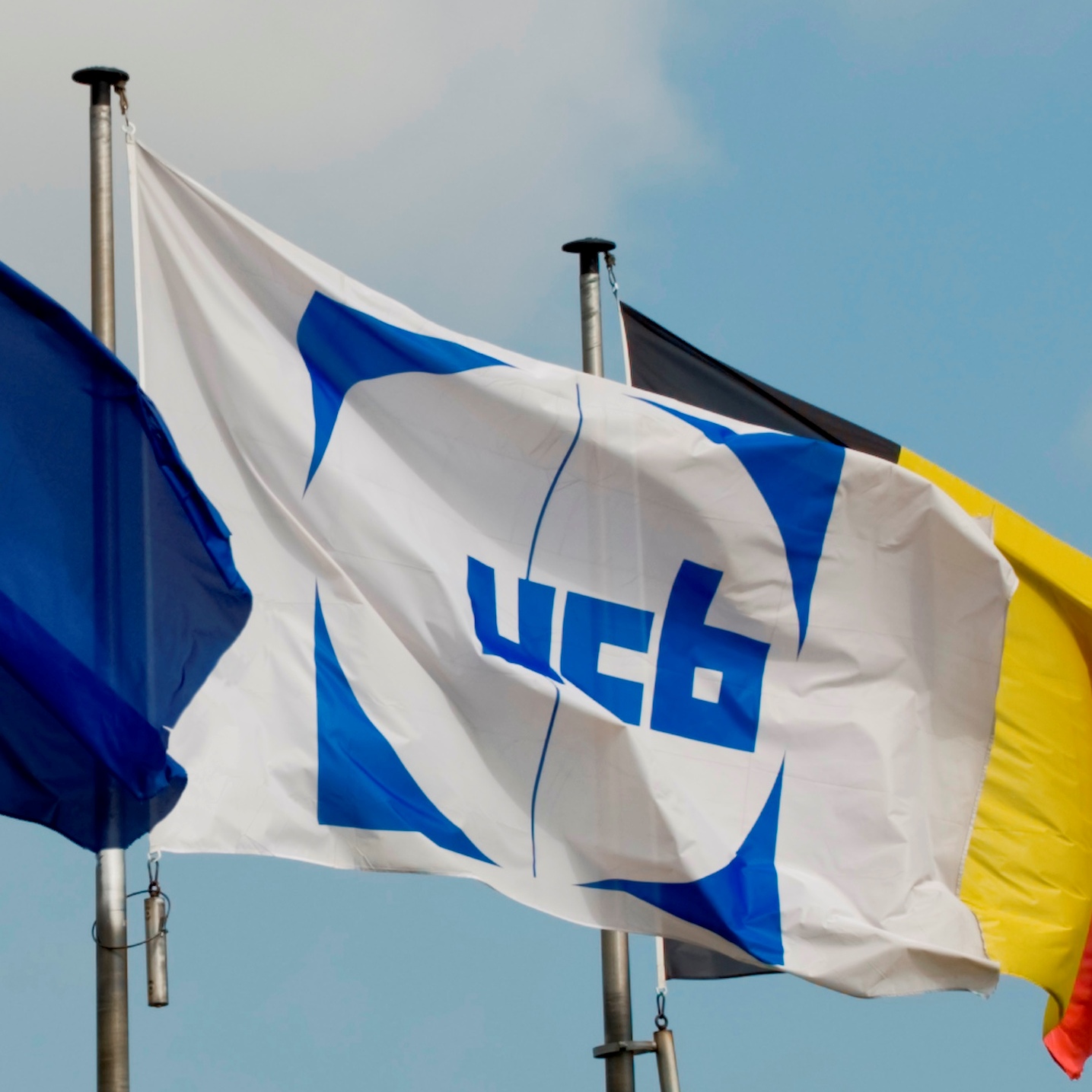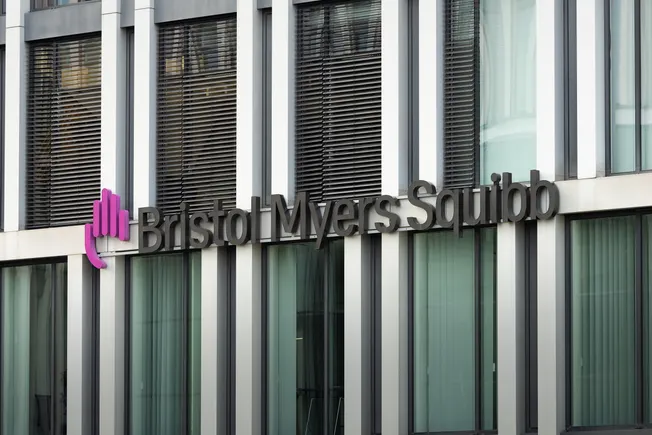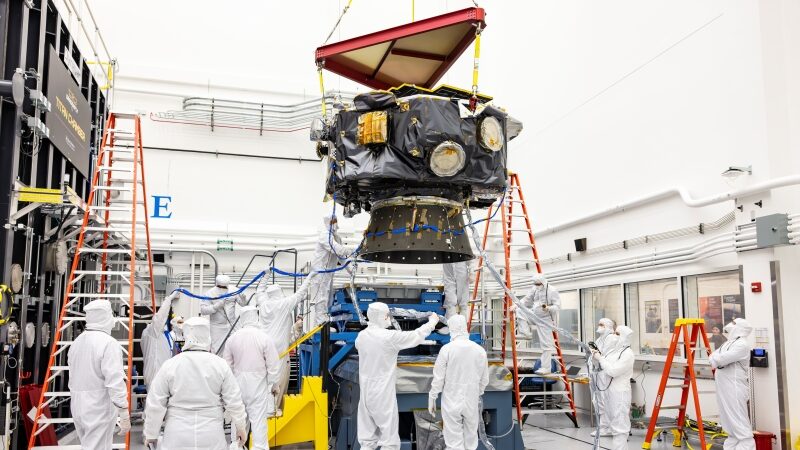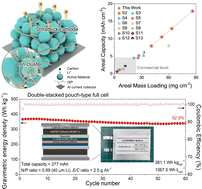Triple‐Enzyme Mimetic Manganese Nanozyme with Redox‐Adaptive Catalysis for Synergistic MSU Degradation and Inflammation Resolution in Acute Gout
Advanced Healthcare Materials, EarlyView.

A manganese-based nanozyme derived from a ZIF-8 metal-organic framework (MOF) is produced by pyrolysis under a nitrogen atmosphere, demonstrating triple enzymatic activities: urate oxidase-like activity for degradation of uric acid and MSU, catalase-like activity for H2O2 scavenging, and superoxide dismutase-like activity, showing potential to treat gout.
Abstract
Acute gout, characterized by recurrent inflammatory flares caused by monosodium urate (MSU) crystal deposition, presents a therapeutic challenge due to the limited efficacy of current drugs in concurrently eliminating MSU crystals and resolving inflammation. To overcome this, a manganese-based nanozyme derived from a ZIF-8 metal-organic framework (MOF) is developed, which is designed to avoid the reliance on precious metals seen in existing urate oxidase-mimetic systems. By leveraging competitive coordination between zinc and manganese during MOF synthesis, atomic-level dispersion of manganese active sites with precise modulation of the Mn4+/Mn2+ redox equilibrium is achieved. Coupled with optimized pyrrolic/graphitic nitrogen configurations, the nanozyme demonstrates triple enzymatic activities: urate oxidase-like activity for uric acid degradation (preventing MSU crystallization), catalase-like activity for H2O2 scavenging, and superoxide dismutase-like activity to alleviate oxidative stress. Notably, the nanozyme directly destabilizes preformed MSU crystals via surface charge modulation and lattice disruption. In an acute gout model, the nanozyme surpasses colchicine in accelerating MSU clearance—through simultaneous dissolution of existing crystals and inhibition of new formation—while reducing inflammatory cytokine levels without systemic toxicity. This work introduces a redox-adaptive nanozyme design strategy for managing crystalopathies, providing a dual-action solution to combat both MSU-driven inflammation and crystallization.













































































































































